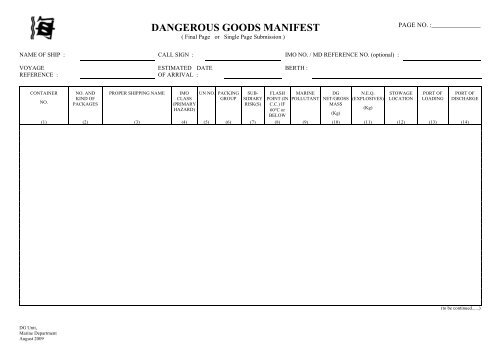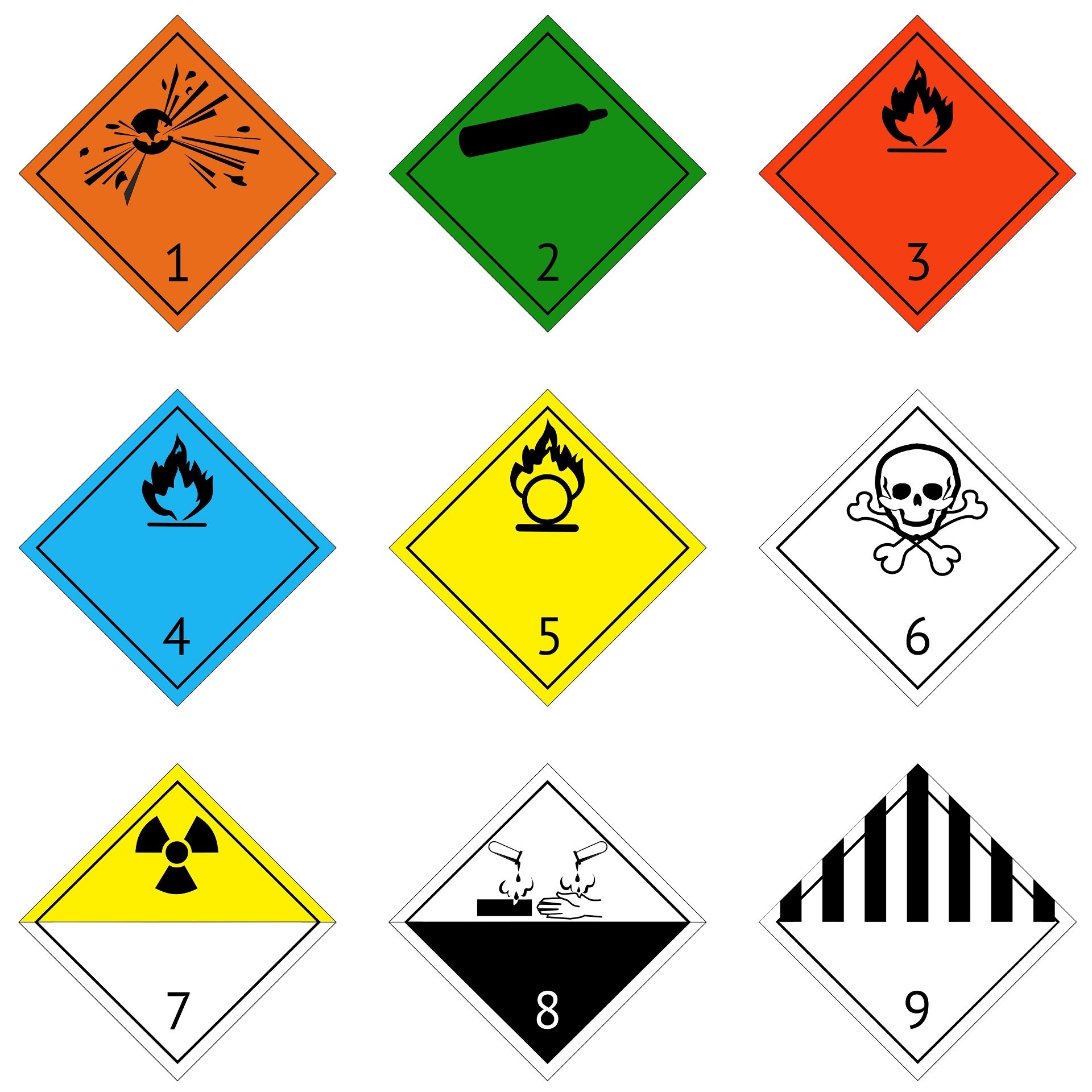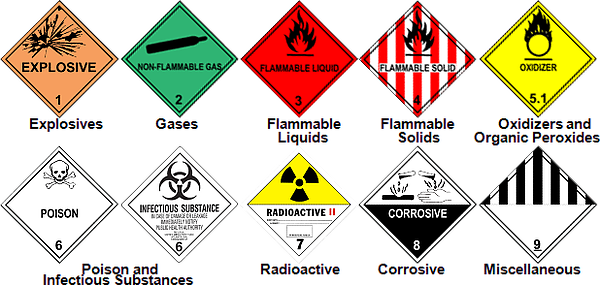In Victoria Occupational Health and Safety and Dangerous Goods legislation requires hazardous substances and dangerous goods to be determinedclassified and labelled by the manufacturer or importingfirst supplier using the GHS. Dangerous goods have their own United Nations identification number.

The Devil S In The Detail Transporting Dangerous Cargo Isuzu
01092015 Dangerous Goods Storage and Handling Regulations 2012.

Dangerous goods classification victoria. Ad Regardless of your industry Maersk offers tailored solutions to meet your business needs. It is also shown in the Australian Dangerous Goods Code as having a. Dangerous goods are classified on the basis of immediate physical or chemical effects such as fire explosion corrosion and poisoning.
Visit our website and find out more about our ocean inland rail and air transport. Visit our website and find out more about our ocean inland rail and air transport. Is a highly flammable liquid that is also toxic.
Click on the DG Class diamonds below for information on each class of hazardous materials. As its flammability is its primary hazard Methanol is assigned to Class 3. This means that all dangerous.
WorkSafe Victoria administers the Dangerous Goods Act 1985. Dangerous goods are classified according to their properties for example compressed toxic gas flammable solid toxic liquid. Ad Regardless of your industry Maersk offers tailored solutions to meet your business needs.
Regulatory Authority Victorian Worksafe and Department of Health Services class 7 only are the regulatory authorities that determine the conditions under which Packaged Dangerous Goods are handled andor kept in operational areas within the Port of Melbourne. 30062021 The Dangerous Goods Act 1985 DG Act defines which substances are DGs. It meets the classification criteria for both Class 3 and Division 61.
Statutory rule number 1322012 Version. Approval number V19-03 was issued by Worksafe Victoria and the approval was given national effect by the Competent Authorities Panel decision number CA2019120. Dangerous Goods Classes 1 2 3 4 5 6 7 8 9.
The GHS is published by the United Nations. Find information about storing managing and transporting dangerous goods. Classifications implemented in GB by the CHIP regulations and to the GHS system of classification.
AERG2018 is approved as emergency information satisfying the requirements of the Australian Code for the transport of Dangerous Goods by Road and Rail ADG Code and associated legislation. Flammable liquids petrol kerosene turpentine flammable paints etc corrosives hydrochloric acid flammable gases LP Gas non-flammable non-toxic gases. 09102018 Hazardous substances are classified on the basis of their potential health effects whether acute immediate or chronic long-term.
Some dangerous goods attract subsidiary risk classifications such as chlorine gas that is classed as toxic first and corrosive second. See ADR at 2138 and 229110. Statutory rule in force.
This code of practice provides practical guidance on how to comply with your obligations under Victorias occupational health and safety legislation for the safe storage and handling of dangerous goods. There are links to the supply. The storage and handling of dangerous goods.

Dangerous Goods Placarding Report Manifest Quantity Report Incompatibility Report Chemwatch Knowledgebase
Acetone Sds Dangerous Goods Toxicity

The Devil S In The Detail Transporting Dangerous Cargo Isuzu

Dangerous Goods Regulations Dgr Course Blue Ocean Academy

The 9 Classes Of Dangerous Goods





0 comments:
Post a Comment